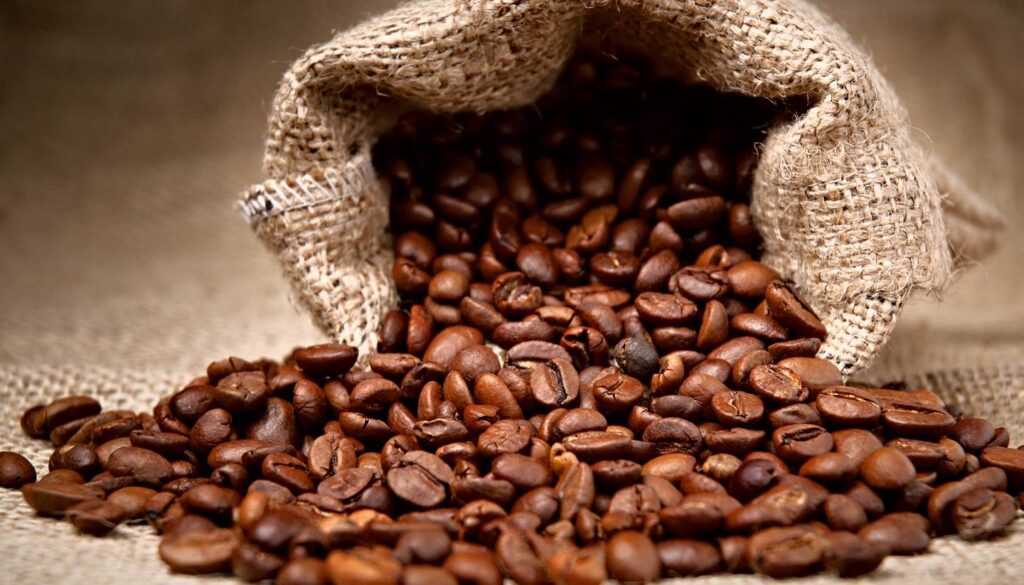Ah, coffee! It’s consumed in nearly every country, making it the drink with the widest reach. If you’re like the millions of other people who eagerly await their first cup of coffee upon waking up, you want it to be the best it can be every time. You should buy coffee beans online as it makes the biggest difference. In the end, it’s all about the beans when it comes to making a good cup of coffee.
What is Whole Bean Coffee?
Whole bean coffee refers to beans that have gone through everything except the grinding process. The technique for making it includes harvesting, separating, removing seeds, fermenting, drying, and roasting.
The seeds of the berry of the tropical coffee plant are the primary source of coffee’s flavour. The first step in making coffee is to remove unripe or damaged berries. The seeds are removed mechanically, fermented, and then washed to remove any remaining debris after processing the berries. Before the seeds or coffee beans can be roasted, they must be air-dried for many days. Dried, roasted, bagged, and transported as whole beans to the consumer, coffee beans are kept fresh during the roasting, packaging, and shipping processes.
Taste and Aroma
Understanding the lingo used to describe coffee’s flavour and fragrance can help you appreciate it better. Keep these traits in mind while you buy coffee beans online. Your visitors will appreciate the coffee you offer them much more if you’ve taken the time to analyse their reactions to each element of the tasting process.
- Acidity: Acidity is a good attribute that describes a sharpness or snappiness felt at the tongue’s edges. It’s also called “brightness” sometimes. Mellow coffees have less acidity than the average cup of joe. However, acidity is necessary for any coffee to avoid tasting lifeless.
- Aroma: Since taste senses can only detect four basic flavours (sour, sweet, salty, and bitter), aroma gives a range of flavour experiences. The aroma of coffee might be smokey, floral, fruity, earthy, or reminiscent of berries or nuts.
- Body: Although water is used in the brewing process for all coffee, different brands have different sensations of weight and density on the tongue. Medium-bodied coffee will feel similar to almond milk, while light-bodied coffee will feel more like water or skim milk.
- Roast: The amount of time the beans are exposed to heat during the roasting process significantly impacts their final look and flavour, as will be described in further detail later.
- Balance: This term describes the interplay of the elements mentioned above. You can tell that the coffee beans are good quality when they have a good acidity-to-mellowness ratio and a full, nuanced taste profile. Coffee that lacks a sense of harmony between its many flavours is unbalanced and leaves one with a less satisfying experience.
- Finish: The “finish,” a phrase borrowed from the world of wine tasting, describes the aftertaste and feeling that lingers in the mouth after you swallow. Some coffees have a cocoa or chocolate aftertaste, while others linger with notes of fruit or nuts.
Who knew that each individual coffee bean would turn out to be so intricate? Hopefully, you’ve learned a little bit more about coffee after reading this quick introduction and now know what some of the terms pertaining to the coffee bean mean and how they might affect your morning brew. After all, the end aim is, and always has been, excellent coffee and espresso made at home. Learn as much as possible about your coffee beans before you buy coffee beans online if you want to achieve your desired results.


More Stories
Why Third Party Manufacturing Is the Backbone of the Pharma Industry in 2025
Becoming a Pharmaceutical Distributor with Aenor Pharmaceuticals
Is Your Sedentary Lifestyle Destroying Your Hip?